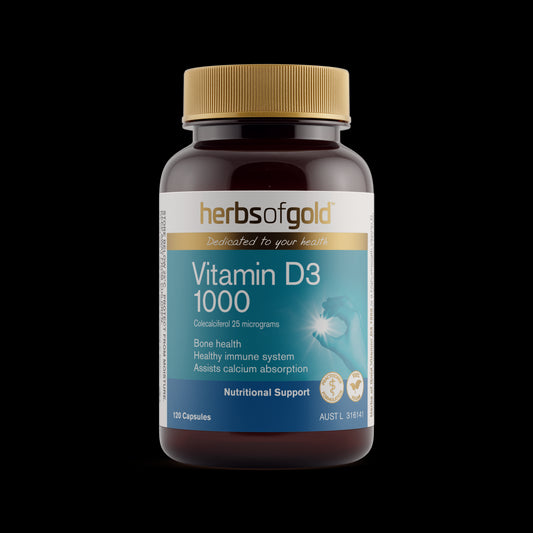Digestion
The liver is considered a secondary digestive organ that plays an important role in breaking down large food molecules into smaller molecules so the nutrients can be absorbed and utilised for energy. St Mary’s thistle is traditionally used in WHM to support digestive health and to relieve symptoms of indigestion, including abdominal bloating and distension, flatulence, abdominal feeling of fullness, digestive discomfort and loss of appetite.
Liver and gallbladder health
St Mary's thistle is traditionally used in WHM to support liver and gallbladder health. The liver is responsible for producing bile stored in the gallbladder, which helps break down dietary fats as they enter the digestive tract. When dietary fats cannot be broken down appropriately by bile, these dietary fats can accumulate and infiltrate the liver cells.
Hepatoprotective activity
St Mary’s thistle is a hepatoprotectant to help protect the liver from toxic elements and provides antioxidant activity to reduce free radicals in the body. St Mary’s thistle increases glutathione (GSH) levels, your body’s ‘master’ antioxidant, through its active constituents, known as silybins, which are responsible for the therapeutic activity and liver protecting effects of the herb. GSH plays an important role in strengthening the body’s antioxidant network by helping to regenerate other important antioxidants, such as vitamins C and E, and supports both phase I and phase II liver detoxification, essential for the detoxification of toxic elements.
Just breathing, eating and going about your everyday activities can contribute to a toxic build-up in the body. We are constantly bombarded with toxic elements including pesticides, cosmetics, household cleaning products, heavy metals, alcohol, toxic residue found in foods, environmental oestrogens found in plastics that mimic the activity of oestrogen in the body, and exposure to air and water pollution. Supporting healthy liver function can help support general health and wellbeing. See more here.


















